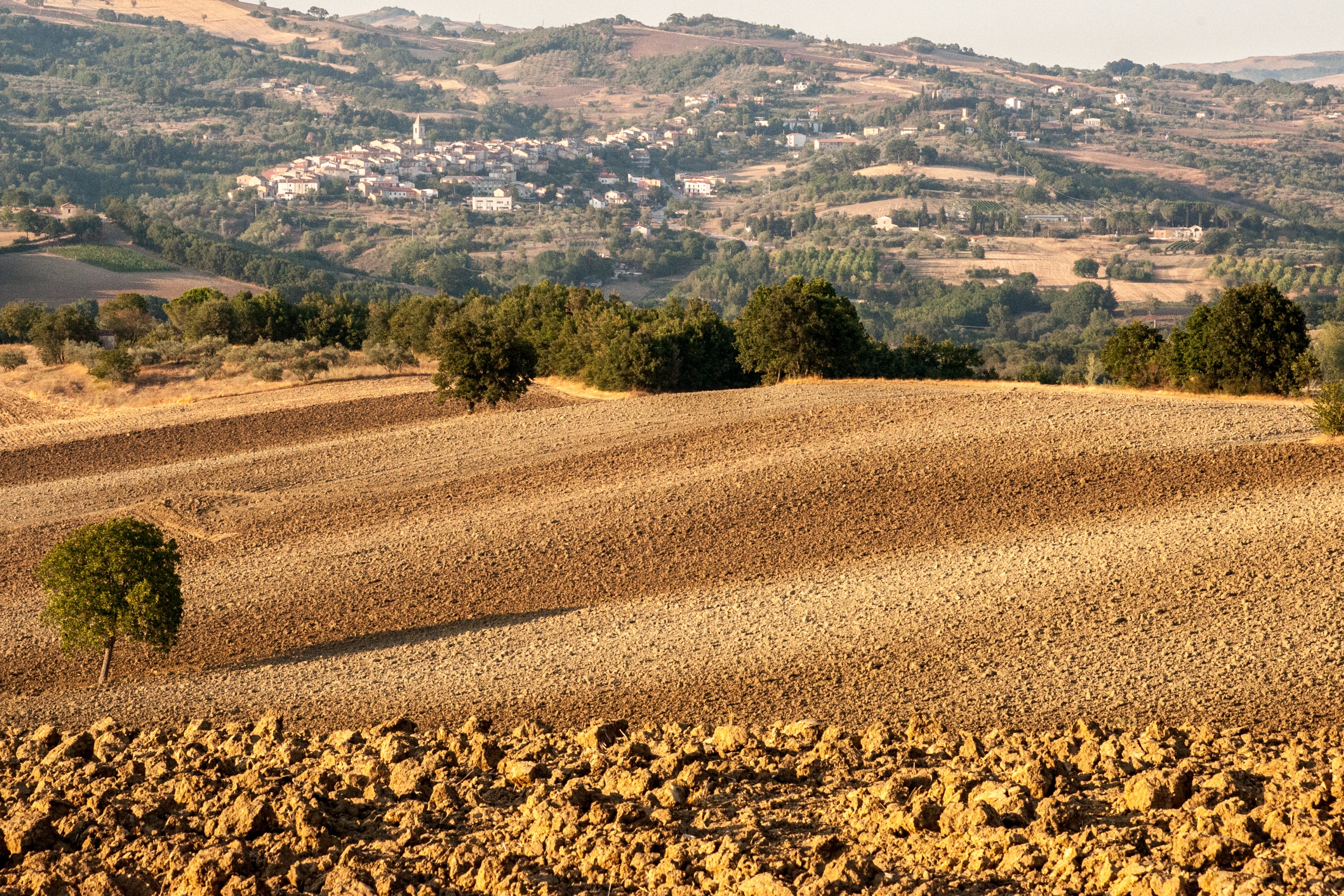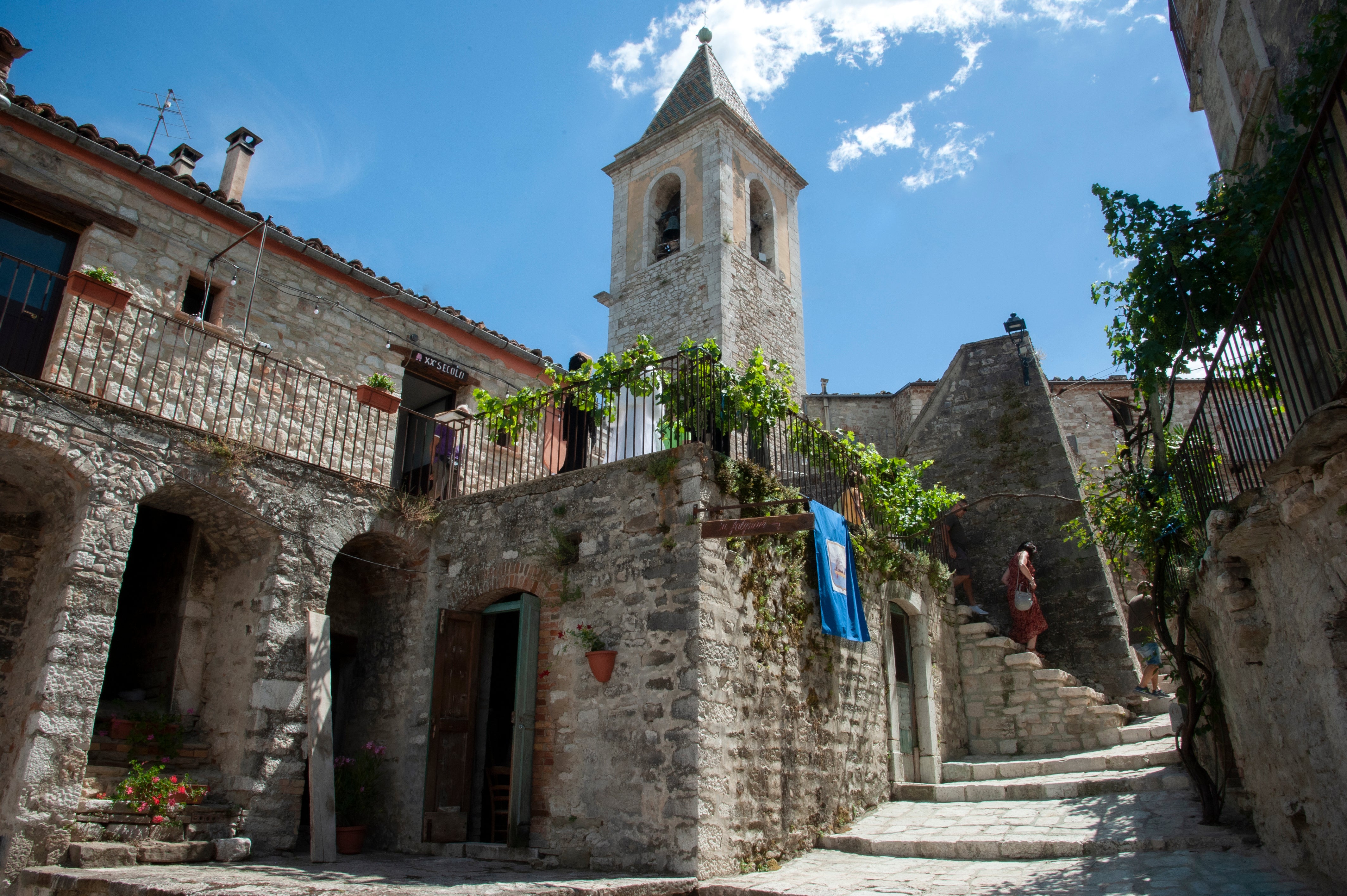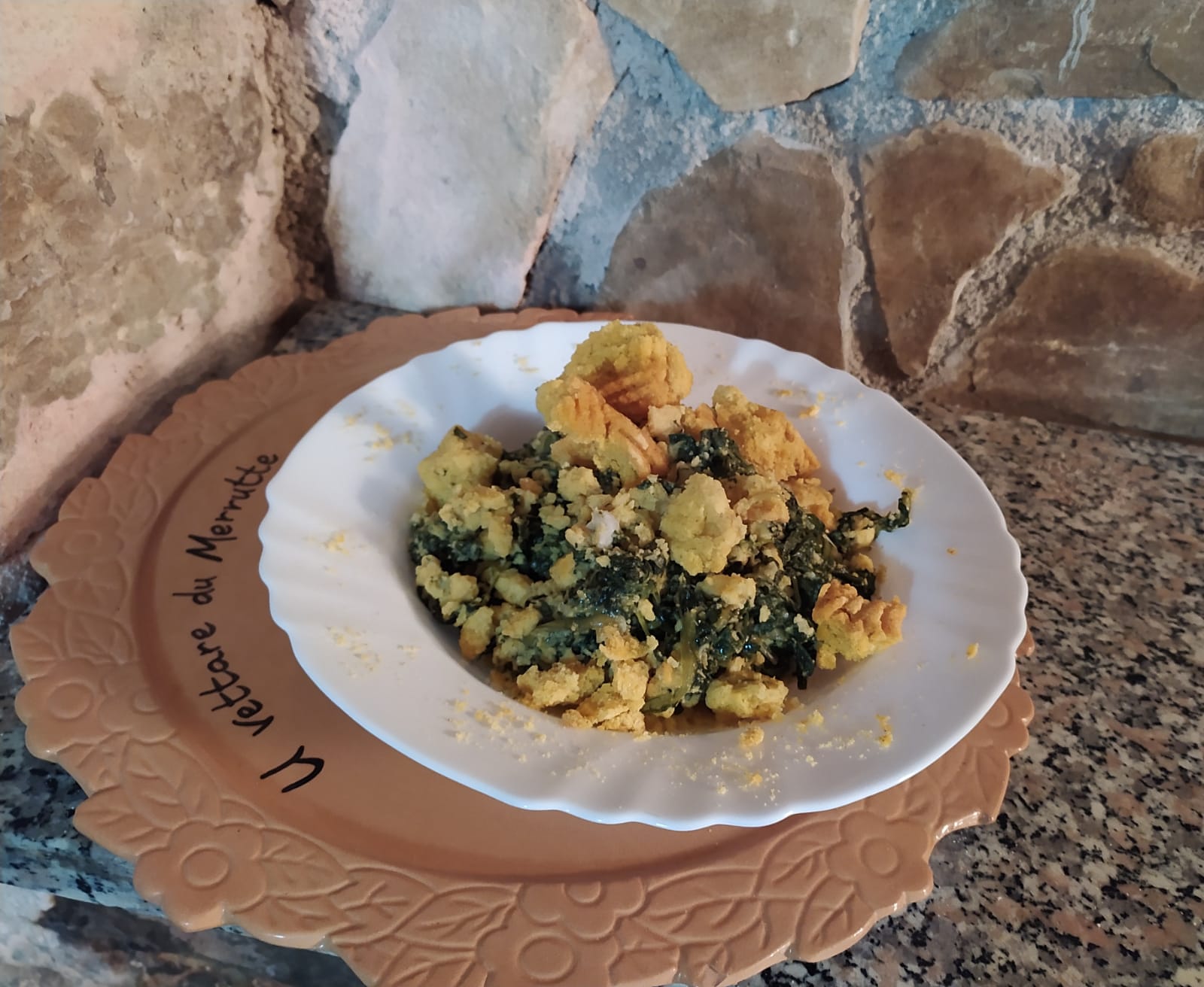Welcome to the Italian hamlet offering free holidays to promote sustainable tourism
The inhabitants of San Giovanni in Galdo had a unique idea: to harness their hospitality to revitalise the economy of the historic village in a sustainable way. Lucrezia Lozza reports

Your support helps us to tell the story
From reproductive rights to climate change to Big Tech, The Independent is on the ground when the story is developing. Whether it's investigating the financials of Elon Musk's pro-Trump PAC or producing our latest documentary, 'The A Word', which shines a light on the American women fighting for reproductive rights, we know how important it is to parse out the facts from the messaging.
At such a critical moment in US history, we need reporters on the ground. Your donation allows us to keep sending journalists to speak to both sides of the story.
The Independent is trusted by Americans across the entire political spectrum. And unlike many other quality news outlets, we choose not to lock Americans out of our reporting and analysis with paywalls. We believe quality journalism should be available to everyone, paid for by those who can afford it.
Your support makes all the difference.Tucked between the crystalline sea of the Adriatic coast, the hills of the back country and the Apennines, Molise is the second-smallest region of Italy and a treasure trove of natural and artistic beauty. Hundreds of medieval villages are spread across the region’s green hills, their traditional buildings constructed out of stone in a landscape almost untouched by industrialisation.
One of these millennium-old villages is San Giovanni in Galdo. Like many other settlements in Molise, over the years it has suffered an emigration of its inhabitants, who have left for richer areas of Italy or escaped abroad. Now, just 553 people live amid the village’s narrow cobbled alleys.
“In America alone there are 2,500 Sangiovannari,” says Stefano Trotta, president of the cultural association Amici del Morrutto, created in 2013 to promote the recovery and revitalisation of the old village. The name Morrutto is the dialect version of muro rotto, meaning broken wall, as an earthquake once destroyed the walls of the settlement.
In pre-pandemic times, the association started organising a reunion to welcome a group of Sangiovannari who had resettled in North America back to their roots. Some of their grandparents had emigrated during the First World War and never returned. In January, just when the village was ready to welcome back 70 of its expats, the pandemic broke out.
Amici del Morrutto postponed the reunion, but created something new for the summer. “We looked at each other and thought: ‘Why don’t we host families?’,” says Trotta. With the help of the municipality, they decided to offer free holidays in some of the old houses of the village, a tangible sign of Molise’s warm hospitality. And they built it in as part of a wider scheme called Regalati il Molise (Gift yourself Molise). Small, local, slow tourism is at the core of the project, which aims to create a hospitality network throughout the region’s historic villages by opening up abandoned houses, left empty for years as a result of depopulation, to tourists.

Amici del Morrutto has since become an official member of the Rural Employability Network, a project developed by a Spanish organisation, Fundacion Santa Maria la Real, which brings together European organisations tackling unemployment and social exclusion in rural areas. “Our project can be replicated in other European rural areas to save them from dying and help their development,” says Trotta.
When it launched its free holiday scheme, San Giovanni in Galdo was, perhaps unsurprisingly, inundated with more than 9,000 requests from all over the world. The number was whittled down to 240 people, sifting out those who were moved by a passion for slow travel, human contact and sustainability. When restrictions eased during the summer, tourists started to arrive and liven up the village.
Now San Giovanni in Galdo has set itself a new challenge and will open its doors to visitors – for free, naturally – throughout the year. “We would like to dedicate some weekends to the territory and invite people to pick olives and grapes to make oil and wine,” Trotta says.
A lot of people chose Molise as an unusual destination to get out of the trauma of the lockdown
Visitors spend their holiday welcomed free of charge into the rooms of the local baronial palace, which once belonged to cardinal Vincenzo Maria Orsini – who became Pope Benedict XIII in 1724. At the entrance, the cardinal’s coat of arms is a reminder of the village’s past, but the archeological treasures of San Giovanni in Galdo are rooted even further back in history. Just outside the hamlet stand the remains of a Samnites temple, dating to the 2nd century BC.
“A lot of people chose Molise as an unusual destination to get out of the trauma of the lockdown,” says Trotta. “Others wanted to rediscover their roots.” Some couples from Liguria, Rome and Lecce even asked to move to San Giovanni in Galdo permanently, won over by the slow-paced lifestyle of the village.
The idea is to let tourists make a stronger connection with nature, taste genuine local products, and experience the hospitality of the villagers. Visitors were invited for dinner at locals’ houses, while the local cafe offered them complimentary breakfasts and coffees. As a springboard for the sustainable development of the whole region, Regalati il Molise spearheaded a collaboration with local farmers.

“Once a week, we asked tourists to stay with us in the village,” says Trotta. “We showed them our traditions, welcomed them with the folkloristic group, and then in the evening we got together for dinner and ate the products of the region.”
Molise is a joy for the palate: it offers cheeses, truffles, locally harvested olive oil, and wines. “Tintilia” red grapes are Molise’s signature variety.
Only local products are allowed on the table of U vettare du Merrutte, the small, family-run village tavern. Lucia Sassani is the chef, and her trademark is pizza e minestra, a dish made with wild herbs and a local kind of wheat, grano Agostinello. Lucia has banned frozen products from her kitchen: everything comes from the land, and the vegetables are often harvested directly by her, or by other local producers. A homely atmosphere reigns under the vaulted ceilings of her restaurant, and around good meals, good relationships sparkle.

Tourists have forged deep relationships with Lucia and her husband as part of the scheme. “They called us during the following months to ask how we were doing,” she says. “They remained in our hearts and we stayed in theirs.”
As the vaccine rollout continues and the world opens up, San Giovanni in Galdo’s unique brand of free hospitality and slow, local tourism could be just what holidaymakers need to ease them back in.
Find out more about the scheme at morrutto.com

Join our commenting forum
Join thought-provoking conversations, follow other Independent readers and see their replies
Comments